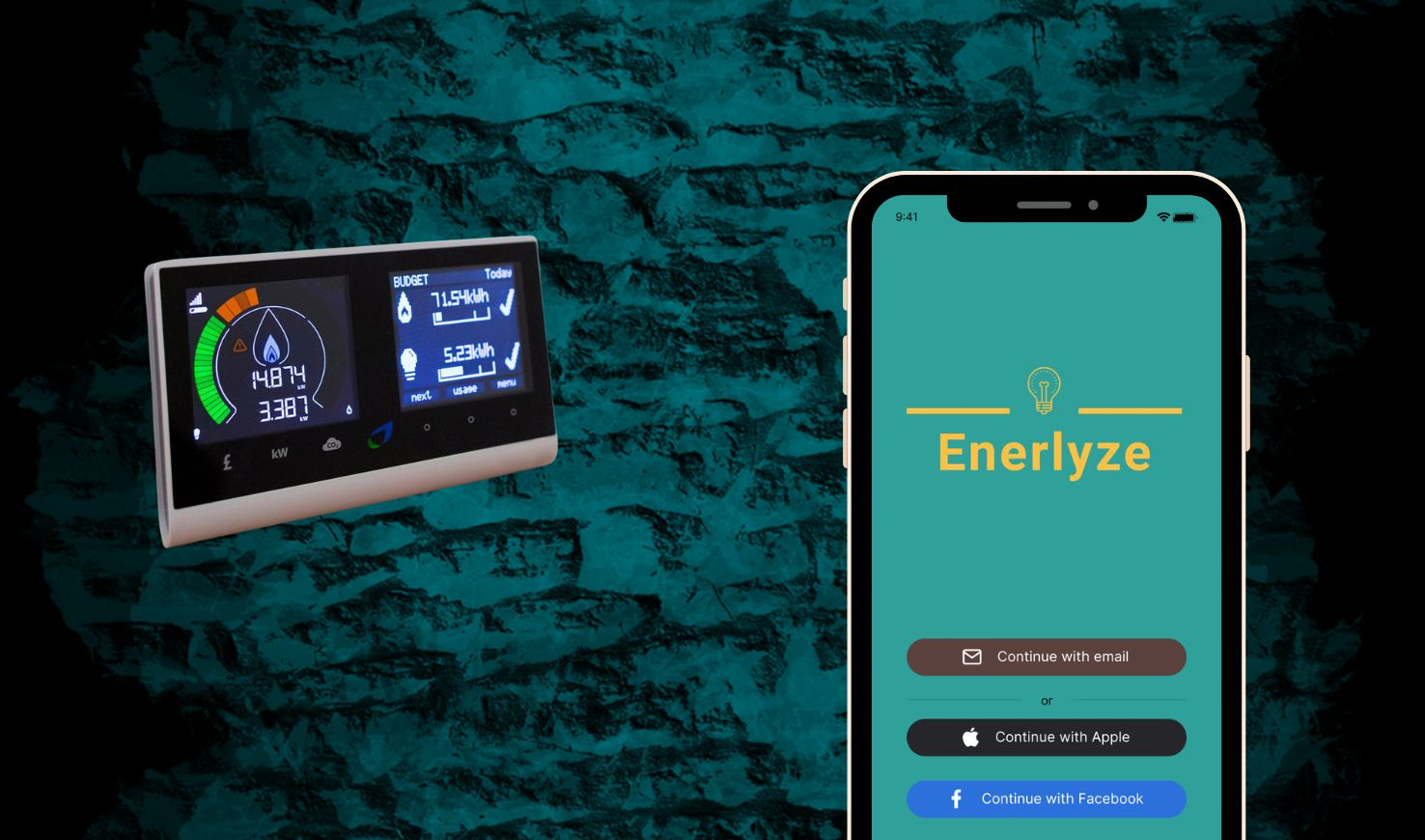Project Summary
- Project Type: Personal (Concept MVP)
- Role: UX Designer & Researcher
- Duration: 6 weeks
- Focus: Energy usage visibility, behavioral nudges, sustainable decision support
Enerlyze is a self-initiated concept project that explores how energy usage data can empower Australian homeowners to make smarter, more sustainable decisions. Originally intended for owner-builders, the scope pivoted early on to focus on mainstream homeowners aged 30 to 60, especially those concerned about rising energy costs and the environmental impact of daily choices.
Through user research, testing, and interface design, I validated key needs around transparency, actionable energy data, and financial control. The MVP focused on delivering usage graphs, activity breakdowns, and limit-setting features to help users avoid bill shock and feel more in control of their footprint.
Target Audience & Design Challenge
Many homeowners want to “do better” environmentally but feel overwhelmed by fragmented or technical information. Enerlyze addresses the gap between motivation and action by translating energy usage into simple, relevant insights.
Scope & Constraints
- Budget: No cost limitations (concept project)
- Initial audience: Owner-builders
- Final audience: Environmentally conscious homeowners aged 30 to 60
- Research methods: Surveys, interviews, card sorting, usability testing
- Design tools: Figma, Material UI
Discovery & Research
Research Goal
- Confirm or disprove the assumption that sustainable housing guidance is difficult to find and act on.
- Understand how energy usage data can support behavioral change.
Interviews & Surveys
- Surveyed 10 homeowners aged 30 to 60
- Interviewed select participants to explore habits, concerns, and motivations
Key Findings
- Users don’t research sustainability. They rely on professionals.
- Electricity usage is their main concern, not construction methods.
- Bill shock and lack of real-time visibility cause frustration.
- Trust, transparency, and government-backed schemes are highly valued.
Pivot & Problem Reframing
With users focused less on building materials and more on energy usage, I pivoted the product toward solving the core problem of energy transparency and cost awareness.
Reframed problem:
“How might we help homeowners reduce bill shock and feel more confident in their energy decisions while nudging them toward sustainable habits?”
Design Process & MVP Features
Key Features Designed
- Usage Graphs: Showing trends and real-time spikes
- Daily Activity Breakdown: Tied to common appliances and routines
- Monthly Usage Limits: Allowing tracking by cost or kWh
Information Architecture
Conducted an open card sort with 5 participants Users consistently expected to see:
- Bill Payment
- Home Dashboard
- Overall Usage
- Appliance-Level Insights
- My Account & Support


Usability Testing (Hi-Fi)
- Tested with 5 users
- Users were confused by account structure and navigation
- Revisions included:
- Green feedback banner for eco-achievements
- Clearer callouts in graphs
- Refined hierarchy for billing and usage
Outcomes
- Users want energy control, not just awareness
- Actionable insights lead to loyalty and better habits
- Sustainability can be a by-product of better data “I don’t need to know everything. Just show me what I’m doing wrong and how to fix it.” – Enerlyze Test Participant
Learnings
- Practiced fast, iterative design thinking under a tight timeline
- Grew confidence in intuition-backed user flows
- Learned when to pivot based on user insight, not initial assumptions
- Prioritized clarity and hierarchy over over-designed UI Would start future projects with more emphasis on outcomes-first framing
Next Steps
Enerlyze could be expanded into a white-label product for energy providers or embedded into existing home monitoring systems. It serves as a bridge between consumer transparency and climate responsibility.
